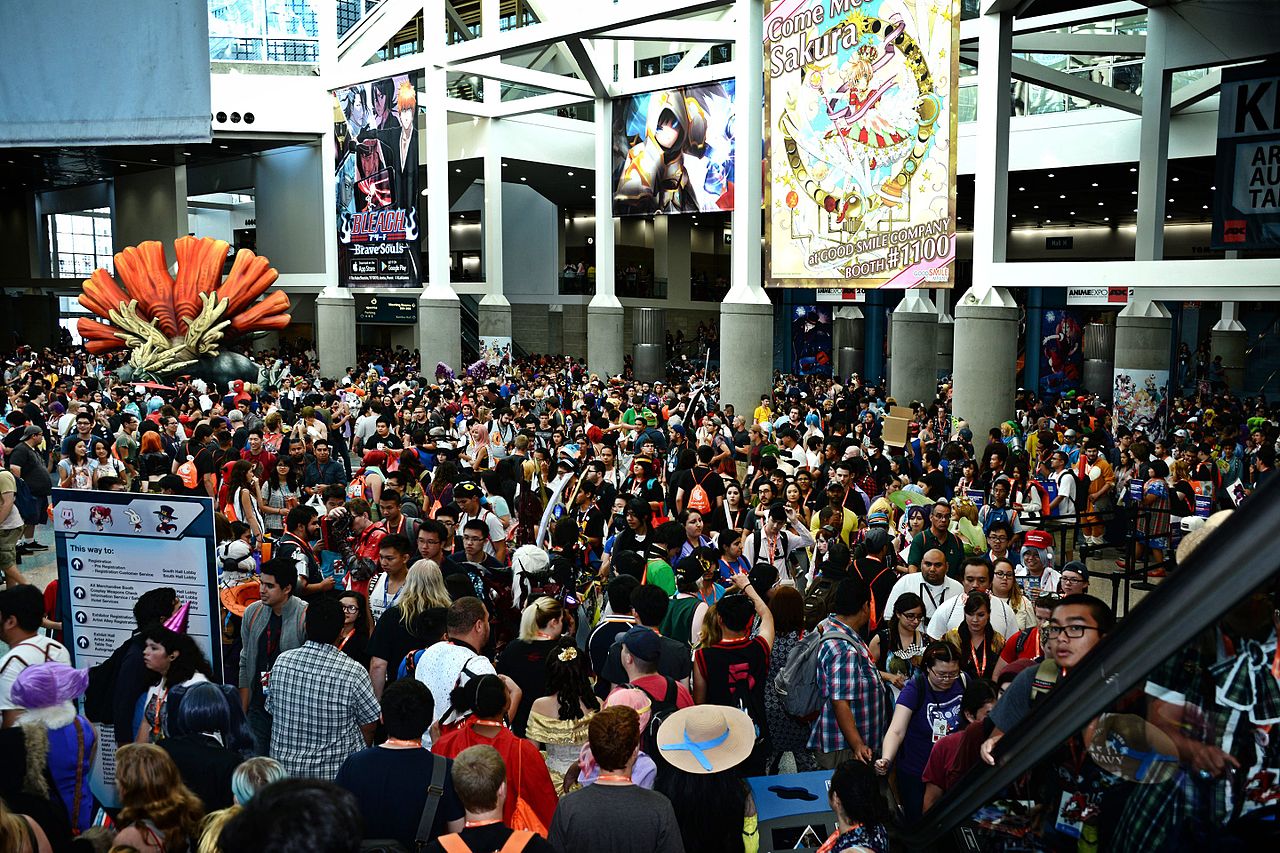GUEST EDITORIAL

Why Japanese Anime Attract Millions of Followers Worldwide
More popularly known as anime, the Japanese brand of animation has accumulated a sort of cult following worldwide. Fans know by heart different shows’ characters from the Dragonball Zs, the Sailor Moons, and Yu Yu Hakushos of the past to the modern day, equally charming yet more defined ensemble. Some of them even memorize (or at least try to sing along with J-Pop artists) the intro and outro themes of these famous anime programs. Furthermore, this passionate fan base – complete with cosplay costumes – contributes to the global success of anime-related events as reflected by the record-breaking number of attendees of SPJA’s Anime Expo 2016 in Santa Ana, California.
By now, people, more specifically non-anime fans, are left baffled by this genre’s international success. For most of them, it’s somewhat odd how fanatics follow every episode even though they couldn’t understand a single word – minus the translated subtitles. However, by delving deep into its formula, one can instantly realize – not necessarily love – why these Japanese programs are such pop culture phenomena. Having said that, here are some reasons why anime shows attract millions of followers not just in Japan, but the whole world as well.
Suspension of Disbelief
Similar to watching Western television series – or even sports-entertainment programs like the WWE – anime sacrifices logic and realism for the sake of people’s amusement. This suspension of disbelief offers fans a momentary pause in their daily lives; giving them an avenue where they can escape the real world and see childhood dreams come to life. According to Changing Minds, this method allows viewers to simply go with the flow, but still maintain a gratifying and borderline rational end result.
Vehicle for Creativity
With anime, people have limitless concepts. Writers can come up with wild and kooky ideas as long as it makes sense in the end. At the same time, animators have the much-needed freedom to be as creative as they want – that even something as insignificant and as timid as a pig can be an important character to the central story. As an example of this so-called creative liberty, a swine can be used as much on SpinGenie’s space-themed online slots, as it is as a main protagonist on the anime Hare Tokidoki Buta. In a way, this type of creativity also involves iconic songs and how it enhanced the careers of many J-Pop artists.
Fan Freedom and Participation
Speaking of freedom, more than the autonomy of going to conventions and events dressed as their favorite anime characters, fans have also played a huge role in the creative process of a show. For one, the massively successful Gundam franchise wouldn’t be going strong if it weren’t for the die hard fanatics who went out of their way in order to come up with collective feedbacks and crowdsource backing. This one-of-a-kind scenario embraces collaborative creativity, based on Ian Condry’s book about the Japanese media success story, by emphasizing on comments, criticisms, and advises from fans, as much as direct artists’ input.
Image Source: Wikipedia
